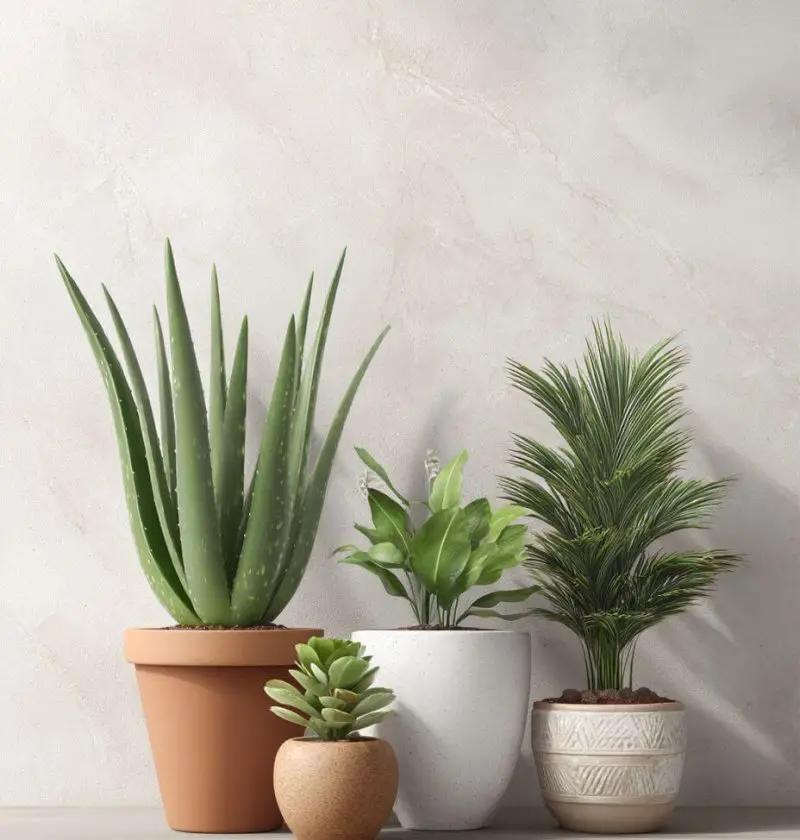Save This Recipe
If you’re anything like me, you probably love filling your home and garden with plants. They bring a certain peace — a little jungle vibe indoors, a pop of color by the porch, maybe even a whiff of nostalgia if your grandmother always had tulips or ivy growing. But here’s the catch: what looks pretty to us can spell real trouble for our pets.
Cats and dogs don’t know the difference between a snack and a succulent. They’re curious by nature — one sniff, one nibble, and suddenly you’ve got a situation on your hands. Some plants just cause mild tummy troubles, while others… well, let’s just say they can be far more serious than we’d like to admit.
Let me walk you through the ones that tend to cause the biggest problems. And don’t worry — I’ll sprinkle in a few safer alternatives so you don’t feel like you need to live in a plant-free zone.
Aloe Vera: Healing for Us, Harmful for Them
I know, I know — aloe feels like a household staple. We rub it on sunburns, use it in skin creams, and even keep it perched on sunny windowsills because it just looks so alive. But for pets? Not so much. Aloe contains compounds that can upset their stomachs, leaving them lethargic and miserable.
Honestly, if your cat’s anything like mine, they’ll climb up anywhere to chew on a leaf. Best bet? Move aloe somewhere high, or replace it with a safer succulent.
Peace Lily: The “Not-So-Peaceful” Plant
Oh, the irony. Peace lilies are elegant, with those striking white flowers, but when pets chew on the leaves, it’s a different story. Drooling, pawing at the mouth, maybe even gagging — not peaceful at all.
It’s not usually life-threatening, but why risk your pup’s comfort? There are so many safer air-purifying plants out there.
Jade Plant: Cute, Trendy, and Toxic
Jade plants have become the darling of Instagram — chunky little leaves, low maintenance, stylish pots. But here’s what people don’t always mention: they’re toxic to pets. Even a small bite can make your dog stumble like it’s had one too many cocktails.
If you like the look, try echeveria or haworthia instead. They give the same vibe without the danger.
Sago Palm: Pretty but Potentially Deadly
This one scares me the most. Every part of the sago palm is toxic, and the seeds are especially dangerous. Just one can cause seizures or even liver failure in dogs. If you’ve got one of these, please — don’t wait until it’s an emergency. Replace it now.
Tulips: Lovely Blooms, Dangerous Bulbs
Who doesn’t adore tulips in spring? They’re cheerful, bright, and a sign winter’s finally gone. But those bulbs — the parts pets love to dig up — contain toxins that cause stomach upset. If your dog’s a digger, it’s worth planting tulips in off-limits areas or sticking to safer blooms.
Oleander: Beautiful, But Don’t Risk It
Oleander is stunning, almost too perfect-looking, but don’t let that fool you. Every part of this plant is toxic, and we’re talking serious toxicity — heart issues, sometimes fatal. My personal advice? Just admire oleander from someone else’s garden.
Azaleas: Gorgeous but Gutsy (in the Wrong Way)
I’ll admit, azaleas in bloom are breathtaking. But the grayanotoxins inside them? Not so lovely. Pets can end up weak, vomiting, or worse. If your pets wander freely in your yard, azaleas probably aren’t the safest choice.
Dieffenbachia: A Mouthful of Misery
Also called “dumb cane” (and you’ll see why), this houseplant causes swelling and pain if chewed. Pets often drool or struggle to swallow. It’s dramatic-looking, sure, but probably not worth the risk if your pets like to nibble.
Philodendron: The Classic That Isn’t So Classy
Philodendrons are everywhere — in homes, offices, coffee shops. But they share the same calcium oxalates as peace lilies, which means drooling and vomiting for pets. You could hang them high, but if you’ve got a cat? Let’s be real — they’ll find a way.
English Ivy: Pretty on the Wall, Painful in the Belly
Ivy trailing across a fence is charming, but it hides saponins that can leave pets with stomach pain or diarrhea. If you’re planting ground cover, you might want to steer clear.
Daffodils: Springtime Trouble
Nothing says spring quite like daffodils. Unfortunately, the bulbs contain lycorine, which can make pets very sick. Dogs especially love digging them up, which makes it tricky. Maybe enjoy daffodils in a vase — or in the neighbor’s yard — and keep your own garden pet-safe.
A Quick Reality Check
Now, I’m not saying you need to strip your house of every plant with even a hint of risk. That would be a little extreme, and honestly, a home without plants feels incomplete. But awareness is key.
Here are a few simple habits that help:
-
Look it up first. The ASPCA has an excellent database on plant safety.
-
Think placement. Hanging baskets, shelves, or barriers go a long way.
-
Watch for symptoms. If your pet suddenly drools, vomits, or acts strangely, don’t “wait and see.” Call the vet.
Final Thought
Our pets depend on us to keep their world safe, even when their curiosity gets the best of them. Plants can absolutely still be part of that world — we just need to choose wisely. And when in doubt? Safer plants exist, and peace of mind is worth more than the prettiest bloom.

